Williams, J. C. & Mackman, N. Tissue factor in health and disease. Front. Biosci. (Elite Ed) 4(1), 358–372 (2012).
Google Scholar
McDonald, A. G., Yang, K., Roberts, H. R.,…

Williams, J. C. & Mackman, N. Tissue factor in health and disease. Front. Biosci. (Elite Ed) 4(1), 358–372 (2012).
Google Scholar
McDonald, A. G., Yang, K., Roberts, H. R.,…
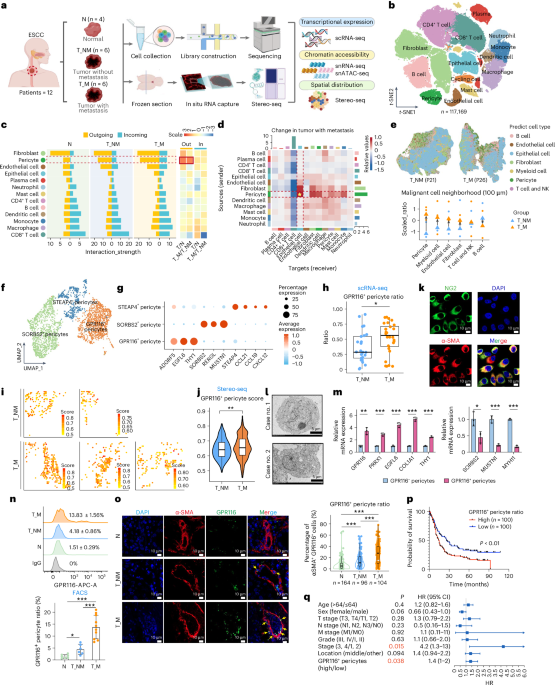
Gerstberger, S., Jiang, Q. & Ganesh, K. Metastasis. Cell 186, 1564–1579 (2023).
Google Scholar
Yang, H., Wang, F., Hallemeier, C. L., Lerut, T. &…
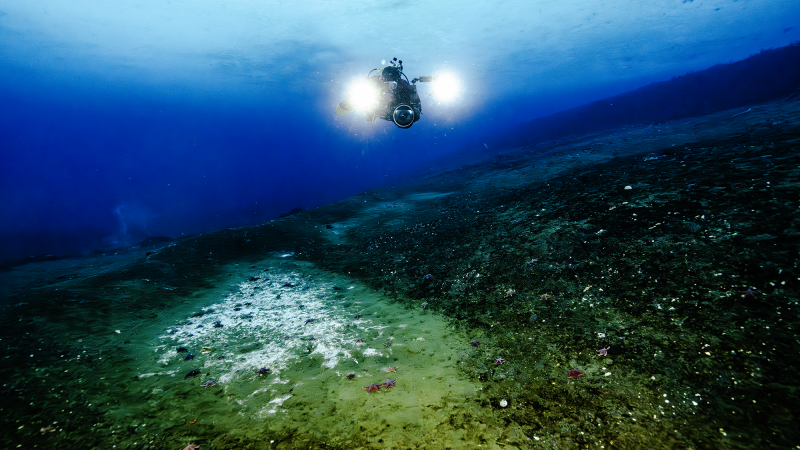
Planet-heating methane is escaping from cracks in the Antarctic seabed as the region warms, with new seeps being discovered at an “astonishing rate,” scientists have found, raising fears that future global…

Long trail of a meteorite in the sky. Meteoroid against the background of stars. Glow of bright meteor at night.
getty
October’s might skies are famous for “shooting stars,” with the Taurid meteor shower active all month and the famous…
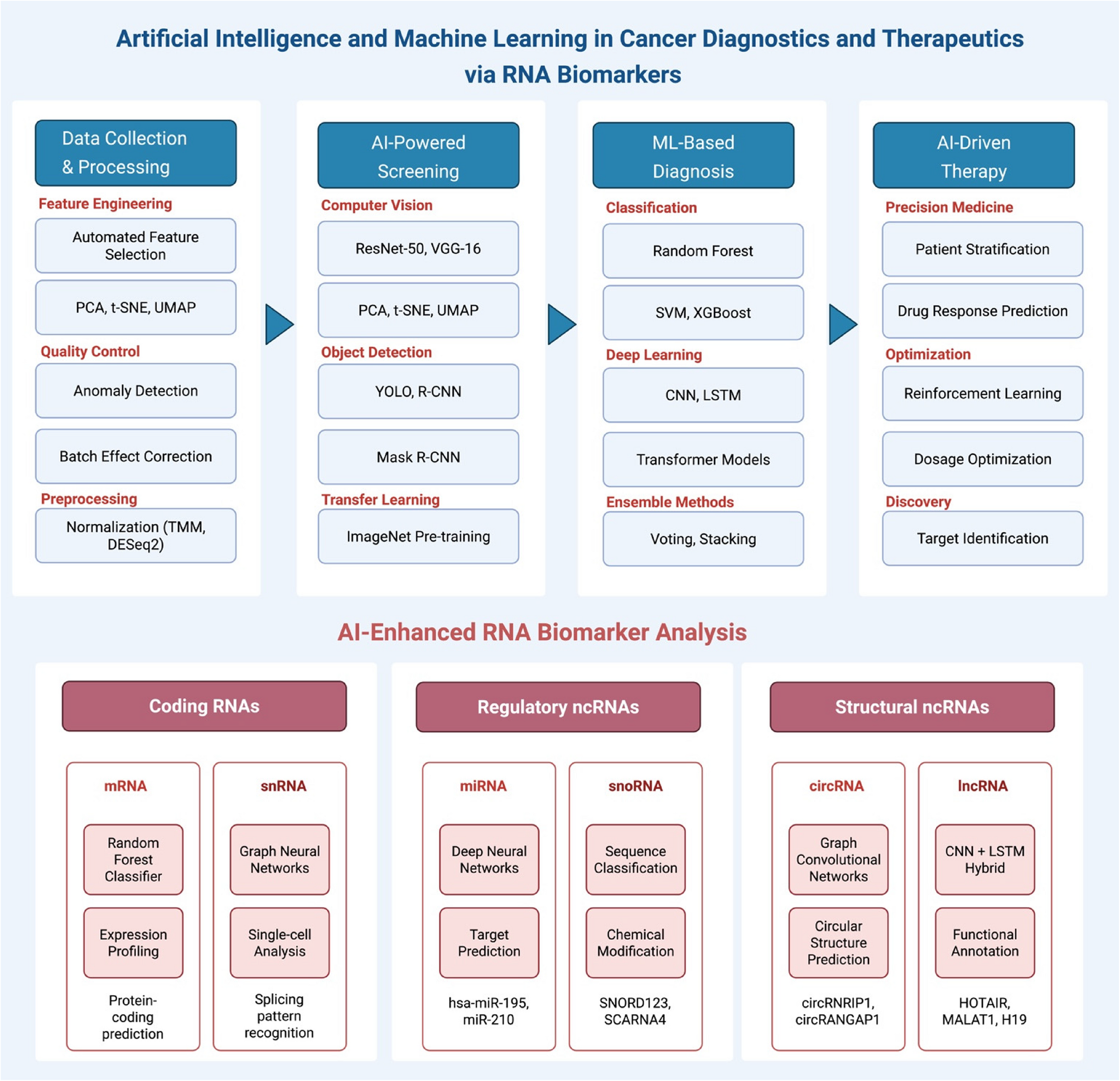
Strimbu K, Tavel JA. What are biomarkers? Curr Opin HIV AIDS. 2010;5(6):463–6.
Google Scholar
Bodaghi A, Fattahi N, Ramazani A. Biomarkers. Promising and valuable…

Metatranscriptomic sequencing is a highly demanding yet complete approach, making the optimization of every step essential, particularly for RNA extraction. In this study, we focused on respiratory samples, specifically bronchoalveolar lavage…

You may have heard of dark matter before. It’s the strange, invisible, undetected stuff that makes more than a quarter of all the matter in the Universe.
It can’t be seen, but astronomers know it’s there because it’s acting like a sort of…
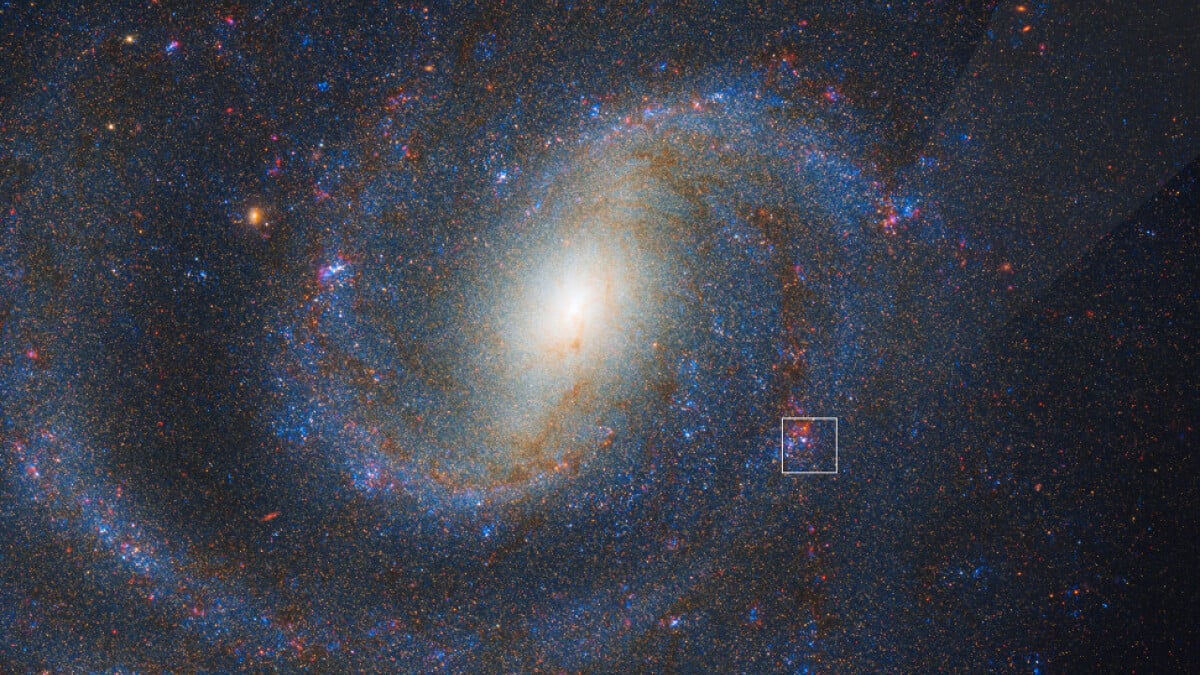
Astronomers say they’ve captured the clearest look yet of a star on the brink of supernova.
An international team used NASA’s James Webb Space Telescope to backtrack and find the original star…
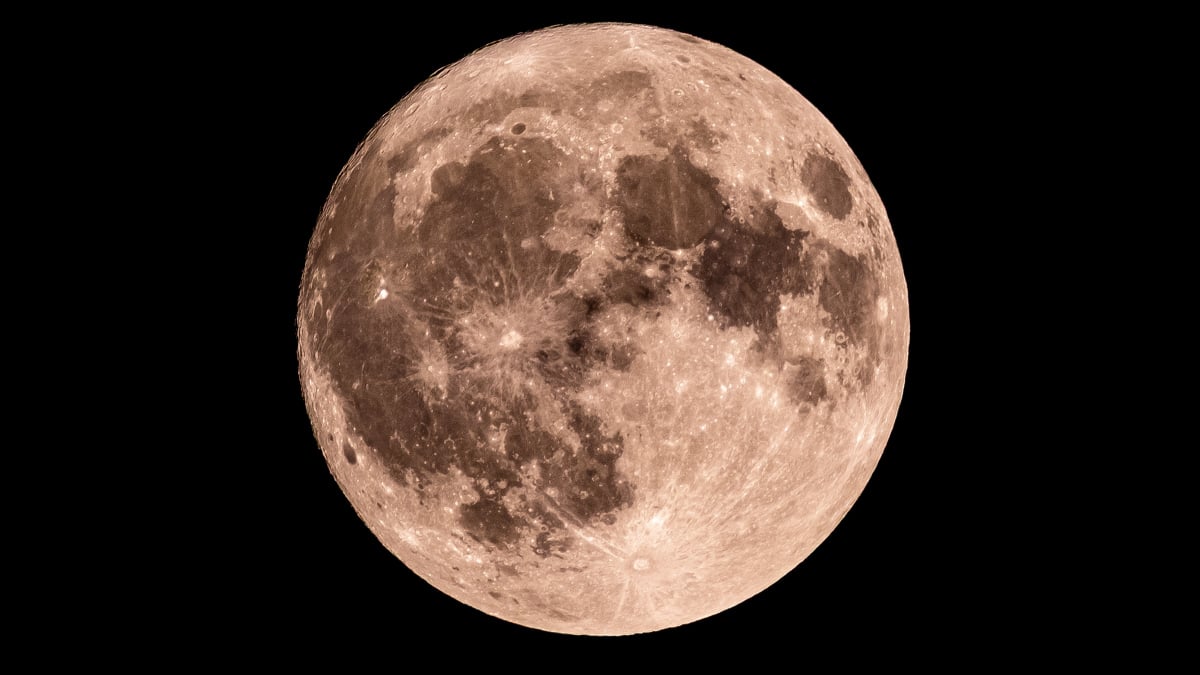
The Moon is up and easy to spot tonight. Its surface is covered in craters and plains that are nice and easy to see, thanks to where we are in the lunar cycle. The lunar cycle is the Moon’s…
This request seems a bit unusual, so we need to confirm that you’re human. Please press and hold the button until it turns completely green. Thank you for your cooperation!